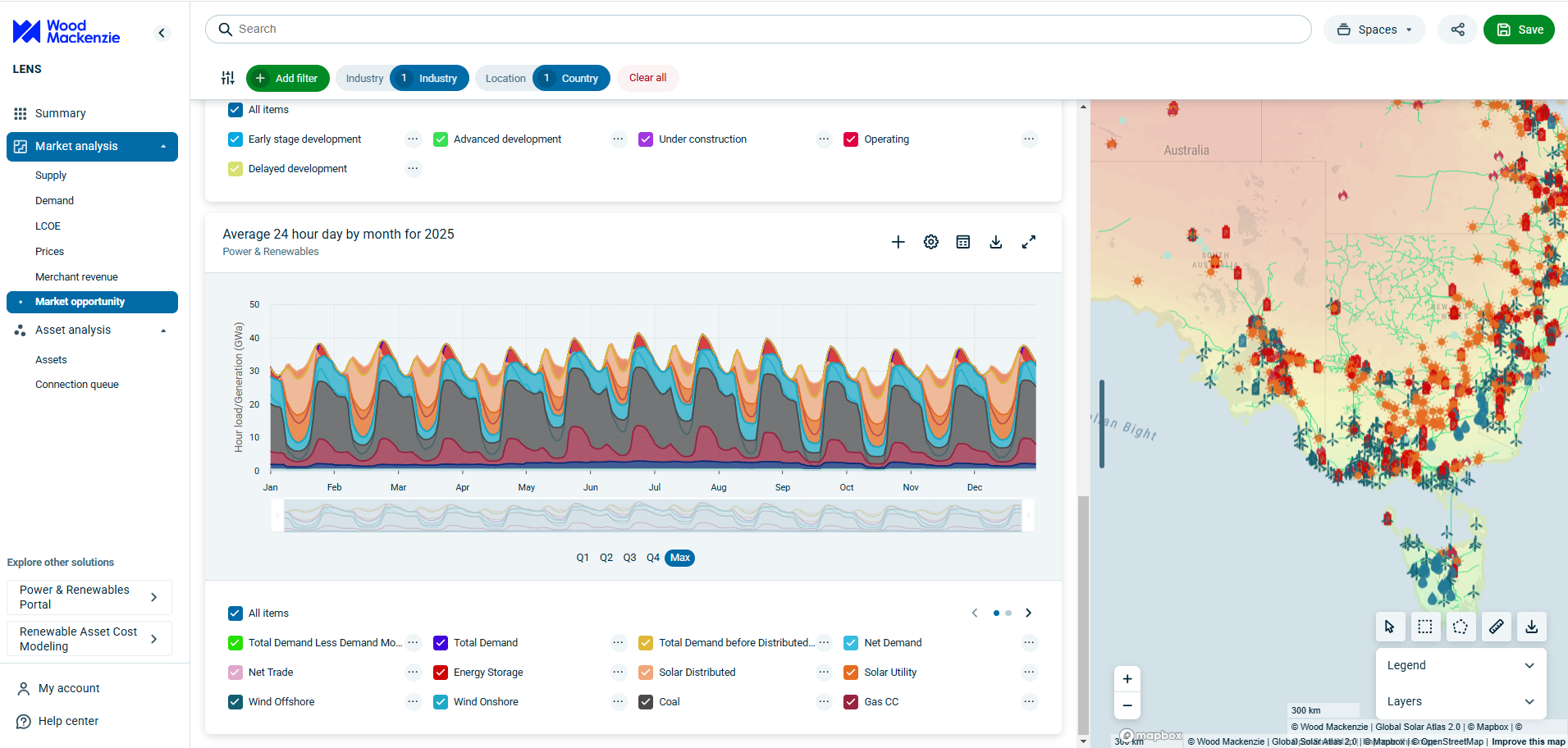Is oil price volatility a threat to upstream production, investment and supply chains?
The oil & gas industry is far from hitting survival mode – but some will be more concerned than others about trade war impacts
2 minute read
Fraser McKay
Head of Upstream Analysis

Fraser McKay
Head of Upstream Analysis
As head of upstream research, Fraser maximises the quality and impact of our analysis of key global upstream themes.
Latest articles by Fraser
-
Opinion
Is oil price volatility a threat to upstream production, investment and supply chains?
-
Opinion
Global upstream update: UK fiscal changes and an Asia-Pacific licence bonanza
-
Opinion
Global upstream update: the global sanctions slump, grappling with gas and potential US tailwinds
-
Opinion
Global upstream update: the global sanctions slump, grappling with gas and potential US tailwinds
-
The Edge
Why upstream companies might break their capital discipline rules
-
Featured
Upstream oil & gas regions 2025 outlook
The global oil industry is bracing for a crisis. Since crude prices dropped below US$60/bbl for the first time since 2021, driven by concern about weakening oil demand following US President Trump’s tariff policies and planned supply increases from OPEC+ for May, producers have been readying themselves to respond in case prices fall further.
In a new report, Global upstream trade war impacts, our upstream research teams shared a view of what this means for production, investment and costs. Read on for a short introduction to some of the key themes – and fill in the form to get your complimentary copy.
The crude price drop will have an impact on upstream spend
Oil and gas company share prices fell by an average of 15% from 28 March to 8 April, with US-focused E&Ps the worst hit. The oil industry has ingrained institutional knowledge from the price crashes in 2015 and 2020 and would act swiftly in a downturn. While the US administration targets both lower prices and ‘Drill, baby, drill’, instead what would happen is ‘Delay, baby, delay’. We now expect global upstream development spend to fall year-on-year for the first time since 2020.
Current oil prices hurt but don’t wound the upstream sector
US$65/bbl dents margins but isn’t low enough to force dramatic budget or development plan changes. At the margin, growth capex and discretionary spend will be delayed to preserve financial leverage and/or shareholder distributions despite companies building greater flexibility into their portfolios and balance sheets since 2021.
Which producers would be first to hold back investment if prices slide further? How far would prices need to fall before material flowing supply is threatened? Read the full report to find out more.
"In the US specifically, tariffs could increase costs by up to 4% onshore and up to 14% offshore.”

Fraser McKay
Head of Upstream Analysis
As head of upstream research, Fraser maximises the quality and impact of our analysis of key global upstream themes.
Latest articles by Fraser
-
Opinion
Is oil price volatility a threat to upstream production, investment and supply chains?
-
Opinion
Global upstream update: UK fiscal changes and an Asia-Pacific licence bonanza
-
Opinion
Global upstream update: the global sanctions slump, grappling with gas and potential US tailwinds
-
Opinion
Global upstream update: the global sanctions slump, grappling with gas and potential US tailwinds
-
The Edge
Why upstream companies might break their capital discipline rules
-
Featured
Upstream oil & gas regions 2025 outlook
The upstream supply chain is bracing for impact
Supply chain players are preparing for the possibility of another period of lower prices and reduced activity. Tariffs could push input costs higher, and while service companies will seek to maintain pricing discipline, they may need to choose between market share and margin erosion in well-supplied markets.
In the US specifically, tariffs could increase costs by up to 4% onshore and up to 14% offshore. But clearly, a lot remains to be understood, compounding the wider market uncertainty for US operators and the supply chain alike.
Get a closer look at the detail
Drawing on unique insight from Lens Upstream, Global upstream trade war impacts includes charts and analysis of:
- US Lower 48 crude production
- Country and peer group 2025 investment at risk
- Cash flow breakevens for select US independents
- Project delay potential
- Supply chain impacts.
Fill in the form at the top of the page for your complimentary copy.






